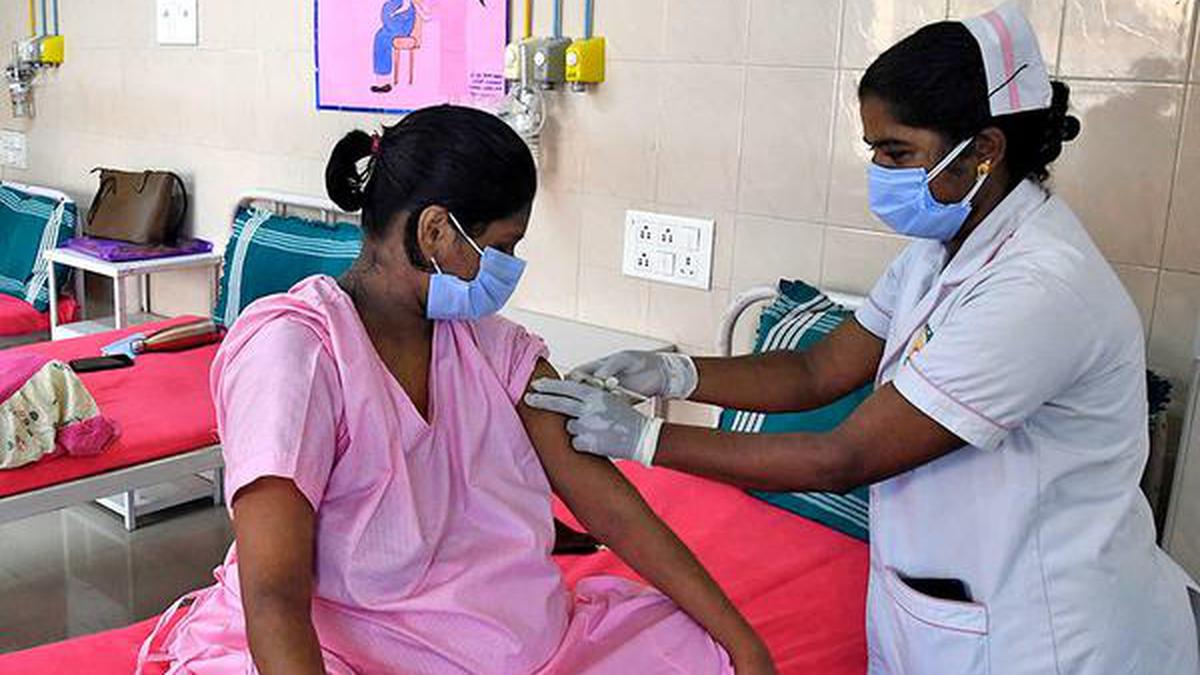
COVID-19 in India | What is the current scenario and how are we tackling it?
The Hindu
WHO declared COVID-19 a pandemic in 2020, leading to lockdowns in India; now, with high vaccination rates, cases are minimal.
Story so far: During this poll season, mentions of the COVID-19 pandemic are still doing the rounds. Countering the Modi government’s claims of providing free novel Coronavirus-19 (COVID-19) vaccines to citizens, Congress general secretary Jairam Ramesh said the BJP was dragged into the act by the Opposition and the Supreme Court. He added that it was hard to forget the “extent of the mismanagement” that occurred during the pandemic.
More than four years ago, the World Health Organisation (WHO) declared COVID-19 as a pandemic, sending countries across the world into shutdowns to stop the spread. While the WHO declared an end to the global health emergency due to COVID-19 last year, new cases and deaths are still being recorded across the world, even in India – one of the nations worst-hit by the virus. Since March 2020, India lost over 5.3 lakh citizens to the virus.
While cases are at an ebb, further concerns have arisen about ‘long Covid and vaccine hesitancy.’ We take stock of where we stand today with regard to COVID-19, and take a brief look at the nation’s battle with the virus.
As COVID-19 cases – which were first reported in China’s Wuhan province – began cropping up across the world, countries employed different approaches to deal with the rise in infections, deaths and threat due to the virus, employing varying levels of lockdowns. In India, the Centre evoked the Disaster Management Act, enforcing one of the world’s strictest lockdowns from March 24, 2020, shutting all commercial and private organisations, transport and hospitality services — excluding those catering to essential services and goods like food, electricity, medicine and water, media houses, banks, petrol pumps, and security organisations.
Faced with job losses and the sudden onset of a total lockdown, migrants across India began their slow journey on foot to their home States — mainly Uttar Pradesh, Bihar and West Bengal — leading to the biggest migration India had witnessed since the 1947 Partition. The total lockdown lasted till May 1, 2020, as cases and deaths due to the virus rose rapidly. By May 2020, India had crossed over 1 lakh cases and 5000 deaths.
To tackle the resulting economic downturn, migration, stranding of Indians abroad and the spread of the virus, the Centre began to gradually ‘unlock’ the nation in phases. Running special trains, aircrafts and naval ships in phases, the Centre facilitated the return of over 52 lakh Indians stranded abroad by March 2021 and ferried 63.15 lakh migrants across 23 states by August 2020. Simultaneously, the Centre also rolled out a special economic package of over ₹ 10 lakh crores and a slew of reforms across sectors to kickstart the economy.
As the Centre began slowly permitting the nation to open up from lockdown, COVID-19 cases and deaths began to steadily rise as more and more people were exposed to the virus. By September, daily cases had hit a peak of 96,000 new infections while total deaths rose to 1 lakh before the rate of increase fell. Simultaneously, trials for the newly-developed COVID-19 vaccines —Covishield and Covaxin— progressed and the government began to roll them out from January 16, 2021. Trials for other vaccines like Sputnik V, Corbevax, Covovax, iNCOVACC, and GEMCOVAC were also launched.





















 Run 3 Space | Play Space Running Game
Run 3 Space | Play Space Running Game Traffic Jam 3D | Online Racing Game
Traffic Jam 3D | Online Racing Game Duck Hunt | Play Old Classic Game
Duck Hunt | Play Old Classic Game











